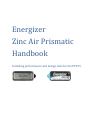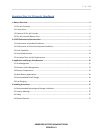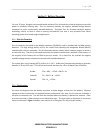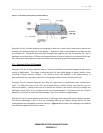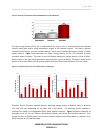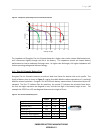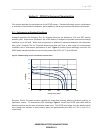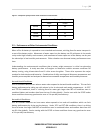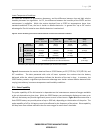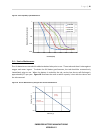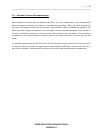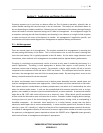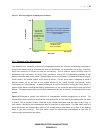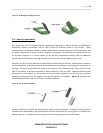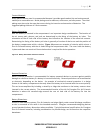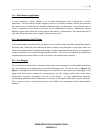
Page|3
ENERGIZERBATTERYMANUFACTURING
VERSION1.2
Section1:BatteryOverview
Forover35years,EnergizerhasmanufacturedminiatureZincAirbatteriesprimarilydesignedtoprovide
power to miniature hearing aids.Zinc Air chemistry provides the highest available energy density
compared to other commercially available batteries.Energizer Zinc Air Prismatic batteries employ
technology similar to what is used in hearing aid
batteries, but with a thin prismatic form factor
providingpowerforabroadrangeofapplications.
1.1‐‐ZincAirChemistry
ZincAirbatteriesarebasedonthealkalinechemistry(Zn/MnO
2
)usedinstandardAAandAAAprimary
batteries.The high energy density of Zinc Air results from replacing the manganese dioxide (MnO
2
)
cathodewitha thinairelectrode.Thisairelectrodecontainscarbonwhichcatalyzesoxygentoallowit
toreactwithzinc.Thethinairelectrodeeliminatestheneedtocontainbothreactantsinthebattery,so
the majority ofthe battery can be filled by the zinc anode.As a
result Zinc Air provides the highest
availableenergydensitycomparedtocommercially availablebatteries.
Thetypicalopencircuitvoltage(OCV)ofZincAiris1.4V.Underload,theoperatingvoltageisgenerally
between1.10and1.30volts.ThehalfcellandoverallreactionsforaZincAirbatteryare
asfollows:
Anode: 2Zn+4OH
‐
→2ZnO+2H
2
O+4e
‐
Cathode: O
2
+2H
2
O+4e
‐
→4OH
‐
Overall: 2Zn+O
2
→2ZnO
1.2‐‐Construction
Air holes are designed into the battery container to allow oxygen to flow into the battery.Because
exposuretotheenvironmentcandegradebatteryperformanceovertime,theairholesaresealedbya
tabpriortoconsumeruse.Thetabmustberemovedbeforethebatteryisplacedinto
adevice.Once
airenterstheholes,itflowsthrough anairdistributionlayer.Thislayerhelpstodistributeairacrossthe
entireairelectrode.Figure1showsacrosssectionofanEnergizerZincAirprismaticbattery.



